Review of Behind Enemy Lines
Introduction
Whilst coasting through a routine reconnaissance flight over war-ravaged Bosnia, jaded navigator Chris Burnett (Owen Wilson, toning it down) and pilot Stackhouse (Gabriel Macht) catch sight of a mass grave and are promptly shot down by renegade Serbs. What follows is a fairly episodic action-adventure, tracking Burnett as he attempts to evade hordes of mean, unshaven baddies and a particularly obsessive track-suit sporting sniper savage. Interspersed amongst the bang-heavy gung-ho action set-pieces are moments of earnest humanist commentary, political protocol shouting matches and patriarchal banter between Burnett and his grizzled tough-love commanding officer Admiral Leslie Reigart (Gene Hackman, faxing it in). Such quaint things are abandoned of course in the third act in favor of mindless carnage, this time featuring a race to salvation (i.e., the marines, blasting away in a chopper) over a frozen lake beneath a desiccated statue of an angel… and they say symbolism is a sign of decadence.
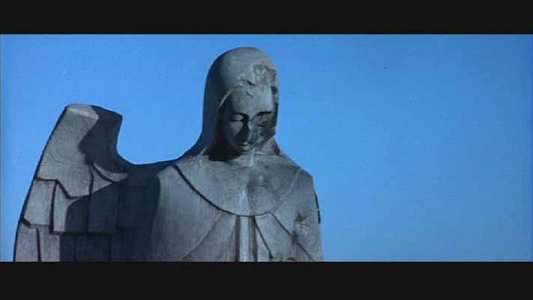
Video
Nothing to complain about here, good contrast, no compression. Very solid anamorphic transfer.

Audio
Very effective audio of the pounding your ear-drums into oblivion variety. Detailed sound design is exploited well, particularly in DTS.
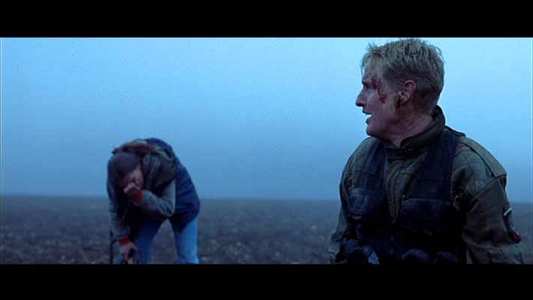
Features
Extras appear skimpy on the surface, but they reveal some intriguing developments: the deleted/extended scenes display a colder, more liberally detached portfolio of violence, excised in order to fit the MPAA’s family audience rating and to satiate Fox’s appetite for a straight down the line patriotic chest-thumper to please post-September 11th audiences. The more ambivalent portrayal of violence evident in these scenes suggests that Hollywood has never strayed too far from the propagandistic manipulations of the ‘40s and ‘50s. A behind-the-scenes featurette doesn’t add up to much more than PR fluff, but the two commentaries, one with Oirish commercials director John Moore and editor Martin Smith, the other with suits John Davies and Wick Godfrey offer compelling parallel opinions: the first a tale of struggle and compromise, the second a placating sermon about commercial necessity.

Conclusion
A surprisingly solid war picture, with rather too much committee-enforced mechanics and pandering jingoism to push it to the top-end of the B-movie mainline. Whilst Moore’s use of frenetic MTV-style editing just about manages to pull the nostalgic conception away from its idealized moorings, he never quite achieves a balance between depicting war in its grim details and serving those details up as blockbuster entertainment. With sequences such as the discovery of a mass grave and the execution of Muslim civilians incongruous when mixed with the balletic shoot-em-up action exploited for audience gratification in the rest of the movie. Whilst both modes work to some extent on their own, the combination creates an emotional disconnect that is never resolved and leaves the viewers sadistic pleasures tainted and their moral curiosity largely unsatisfied.
Elsewhere, Wilson never quite manages to convince as a rugged action-hero, but that seems part of the point, his off-kilter personality adds dimension to an otherwise cardboard cut-out character, and fortunately, the script gives him few outlets for his usual brand of rambling banter. The attempts to smuggle in some humanist-political analysis have a pretty variable success rate: the assessment of the region is schematic, but honest enough, with some measured ethical debates between Hackman’s square-jawed Admiral and Joaquim de Almeida’s pragmatic NATO honcho. Less successful is the film’s moral simplicity in its seemingly self-sufficient battle between the good-guys and the bad-guys; with, typically, little if any investigation into the substance of the conflict. In other words, ‘Behind Enemy Lines’ does little to raise the American war film from its simplistic good vs. evil dialectic, but it serves up a more palatable mix of action and anti-war message than other, more heavily publicized efforts.
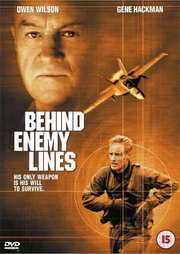

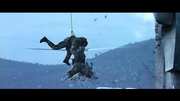


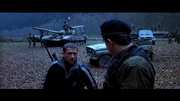
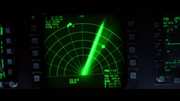





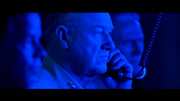
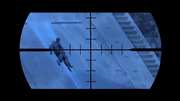



































Your Opinions and Comments
Be the first to post a comment!